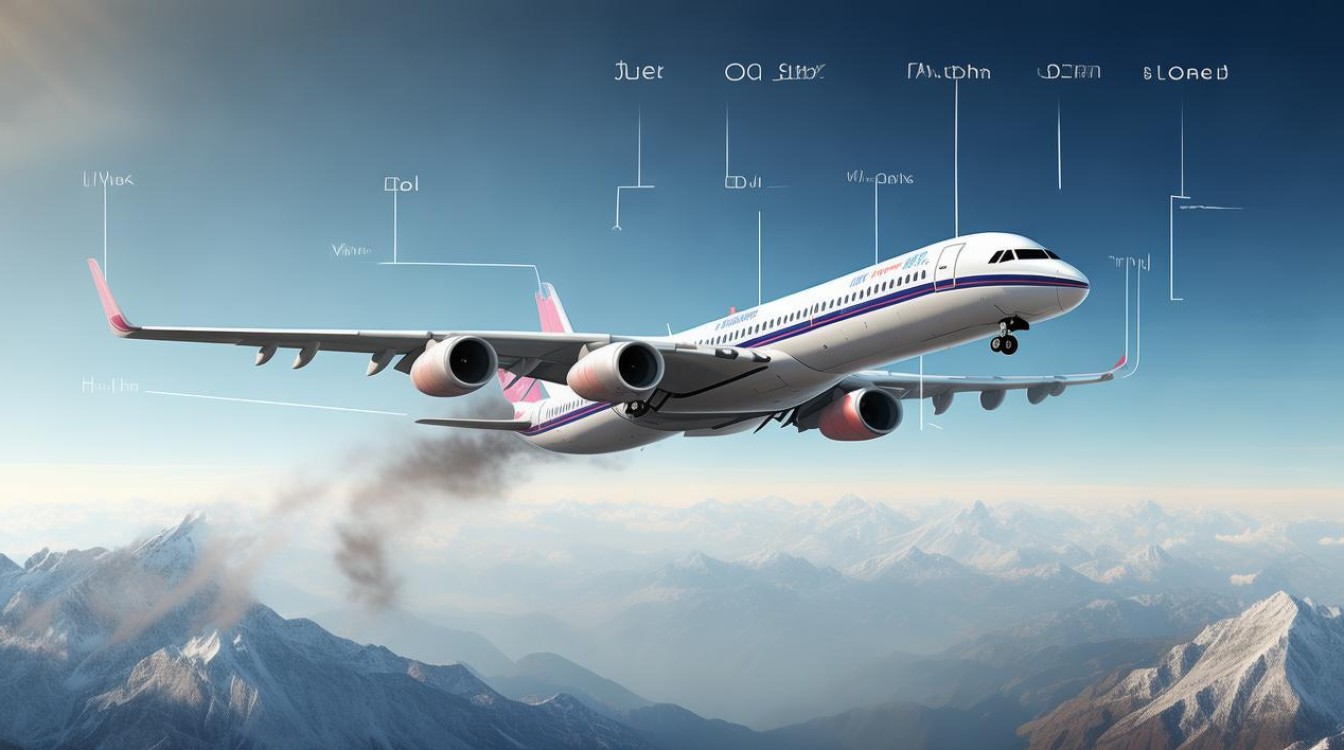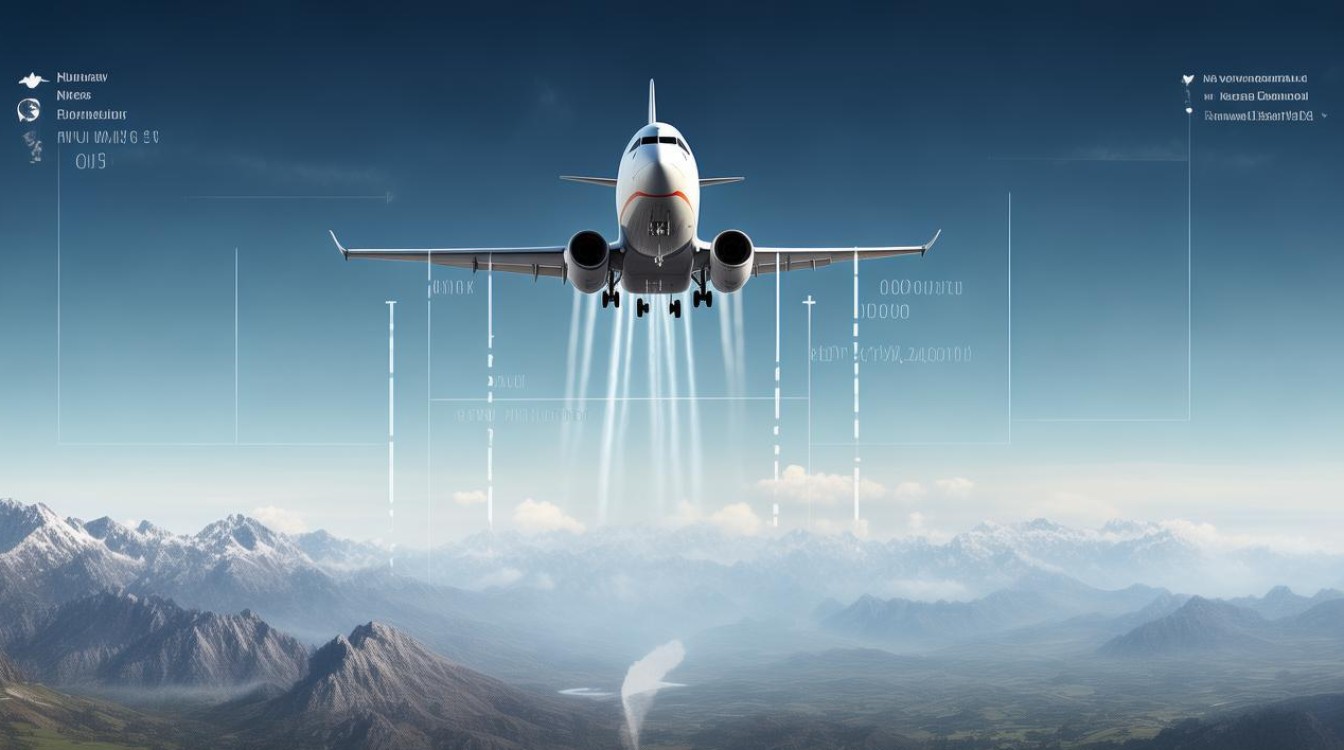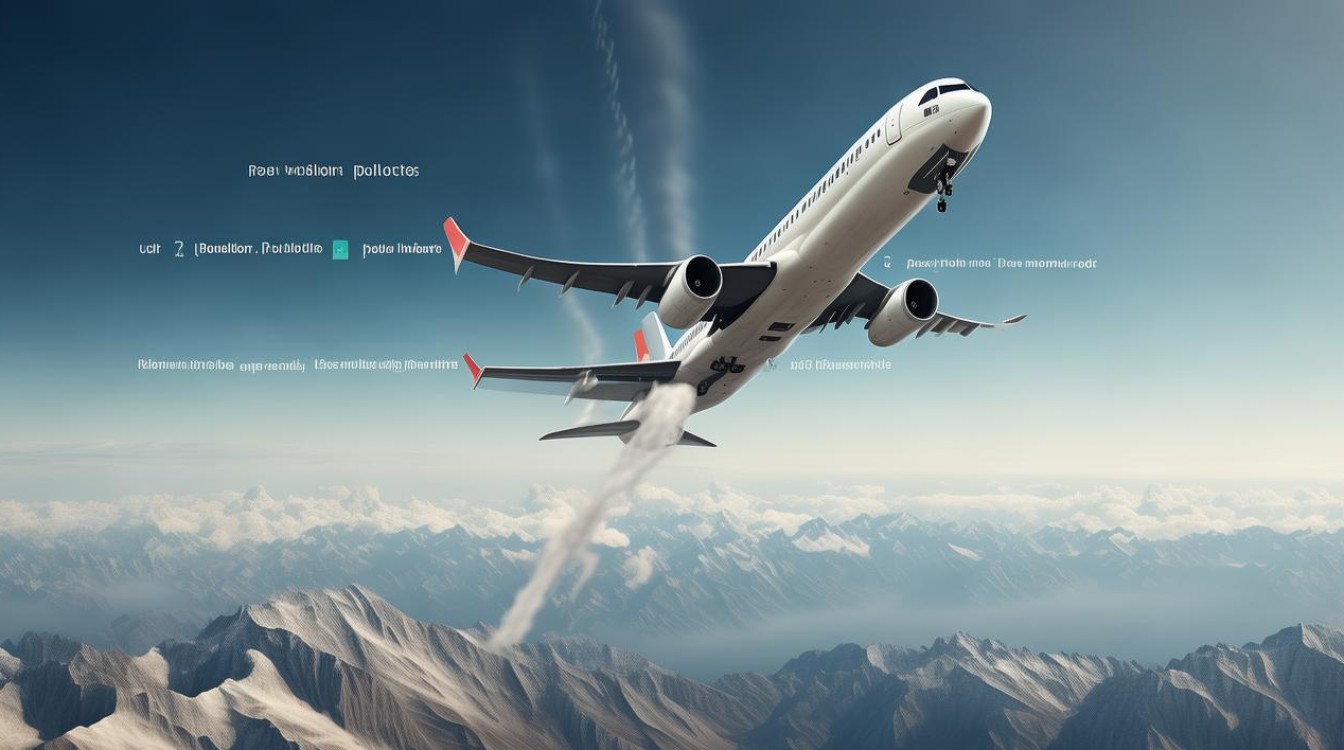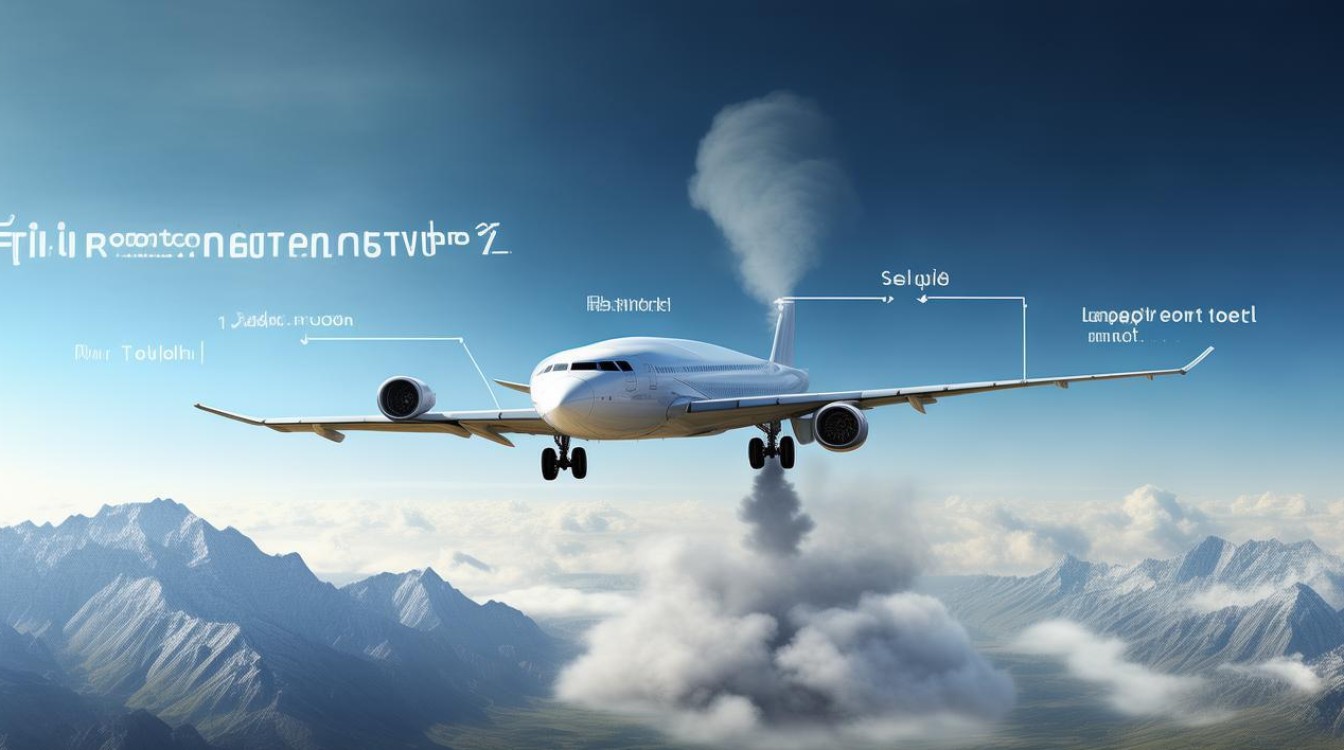Air travel has revolutionized global connectivity, allowing people to cross continents in hours. However, the convenience of flying comes at a significant environmental cost. Aircraft contribute to pollution in multiple ways, from carbon emissions to noise pollution, raising concerns about sustainability. As awareness of climate change grows, understanding the environmental impact of aviation becomes crucial.

How Airplanes Pollute the Environment
Carbon Dioxide Emissions
Jet engines burn large amounts of fossil fuels, releasing carbon dioxide (CO₂) into the atmosphere. A single transatlantic flight can emit as much CO₂ as an average person produces in a year. The aviation industry accounts for about 2-3% of global CO₂ emissions, a figure expected to rise as air travel demand increases.
Nitrogen Oxides and Their Effects
Aircraft engines also produce nitrogen oxides (NOₓ), which contribute to smog and acid rain. At high altitudes, NOₓ reacts with other chemicals, forming ozone, a greenhouse gas that traps heat more effectively than CO₂. This exacerbates global warming and harms air quality near airports.
Contrails and Cirrus Clouds
The white streaks left by planes, known as contrails, may seem harmless, but they trap heat in the atmosphere. Under certain conditions, contrails evolve into cirrus clouds, which have a warming effect. Research suggests these artificial clouds could have a greater climate impact than CO₂ emissions from flights.
Noise Pollution
Airports generate constant noise, affecting nearby communities. Prolonged exposure to aircraft noise can lead to stress, sleep disturbances, and even cardiovascular issues. While modern planes are quieter, the sheer volume of flights keeps noise pollution a persistent problem.

Fuel Leaks and Ground Pollution
Aircraft maintenance and refueling can lead to fuel spills, contaminating soil and water sources. De-icing chemicals used in colder climates also contribute to ground pollution, seeping into rivers and harming aquatic life.
The Growing Demand for Air Travel
Despite environmental concerns, air travel continues to grow. Low-cost airlines and rising middle-class populations in developing nations drive demand. The International Air Transport Association (IATA) predicts passenger numbers could double by 2040, intensifying aviation's environmental footprint.
Efforts to Reduce Aviation Pollution
Sustainable Aviation Fuel (SAF)
Biofuels made from algae, waste oils, or agricultural residues offer a cleaner alternative to traditional jet fuel. SAF can reduce CO₂ emissions by up to 80%, but high production costs and limited supply hinder widespread adoption.
Electric and Hybrid Aircraft
Several companies are developing electric or hybrid planes for short-haul flights. While battery technology limits range, advancements could make zero-emission flights feasible for regional travel within the next decade.

Improved Air Traffic Management
Optimizing flight paths and reducing taxiing times can cut fuel consumption. The European Union’s Single European Sky initiative aims to streamline air traffic, potentially reducing emissions by 10%.
Carbon Offsetting Programs
Many airlines now offer carbon offset options, allowing passengers to invest in reforestation or renewable energy projects. However, critics argue offsets are not a long-term solution and may delay more effective measures.
The Role of Travelers in Reducing Impact
Individuals can make a difference by:
- Choosing direct flights to minimize fuel use during takeoff and landing.
- Supporting airlines with strong sustainability policies.
- Opting for trains or buses for shorter trips when possible.
- Offsetting carbon emissions through verified programs.
Balancing Convenience and Responsibility
Air travel remains essential for business, tourism, and global trade. However, unchecked growth in aviation emissions threatens climate goals. Governments, airlines, and passengers must collaborate to adopt cleaner technologies and more efficient practices.

The aviation industry faces a critical challenge: maintaining connectivity while minimizing environmental harm. Innovations in fuel efficiency, alternative energy sources, and smarter flight operations offer hope. Still, real progress requires collective action—from policymakers enforcing stricter regulations to travelers making conscious choices.
Flying will always be part of modern life, but reducing its environmental toll is necessary for a sustainable future. The responsibility lies with all stakeholders to ensure that the skies remain open without compromising the planet.


